Fixed vs. Growth – Negative self-talk can be a significant barrier to children’s learning. Give each group a list of phrases that could result from a fixed mindset (I can’t do this, I’m not good at maths) and ask them to come up with growth mindset alternatives (Mistakes help me learn, I need to work on this).
Steps for Setbacks – Setbacks are to be expected when learning new things. Ask your groups to come up with actions for them to perform whenever they have a setback. For example, they might 1. Take a deep breath; 2. Figure out where they went wrong; 3. Decide on some process-based solutions; 4. Try again!
Map your Solutions – This is a great way to help kids figure out process-based solutions on their own or in groups. Once they’ve figured out where they went wrong, get them to create a mind-map with their problem at the centre. They can then map out different possible ways to deal with the problem. If they do this exercise in groups, they can also get outside perspectives on their issue which can be really useful.
Compliment Sandwiches – Giving and receiving constructive criticism are essential parts of developing a growth mindset. It is crucial to teach children how to do this as it is a vital skill in secondary school and later life. I find the best way to give constructive criticism is in a ‘compliment sandwich’ e.g. “I really like your ideas, but your spelling needs some work. Luckily your grammar is good, so it won’t be too hard to fix your story.” Reminding your students that criticism helps them grow and learn will hopefully help them positively receive criticism. To practice, you can split your class into pairs and ask them to practice giving and receiving constructive criticism.
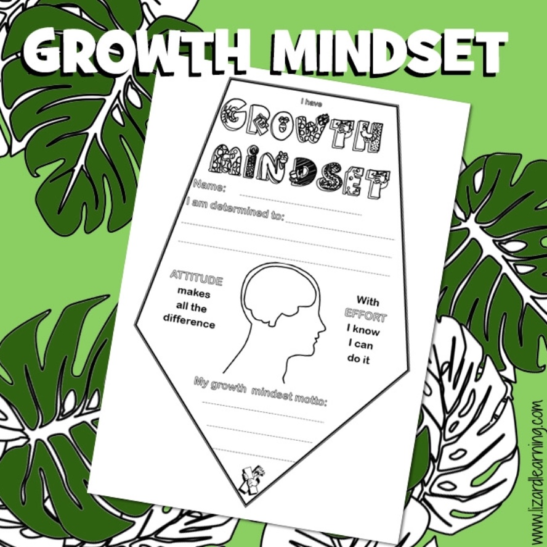
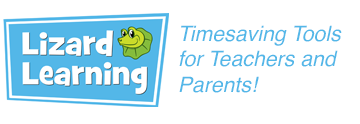
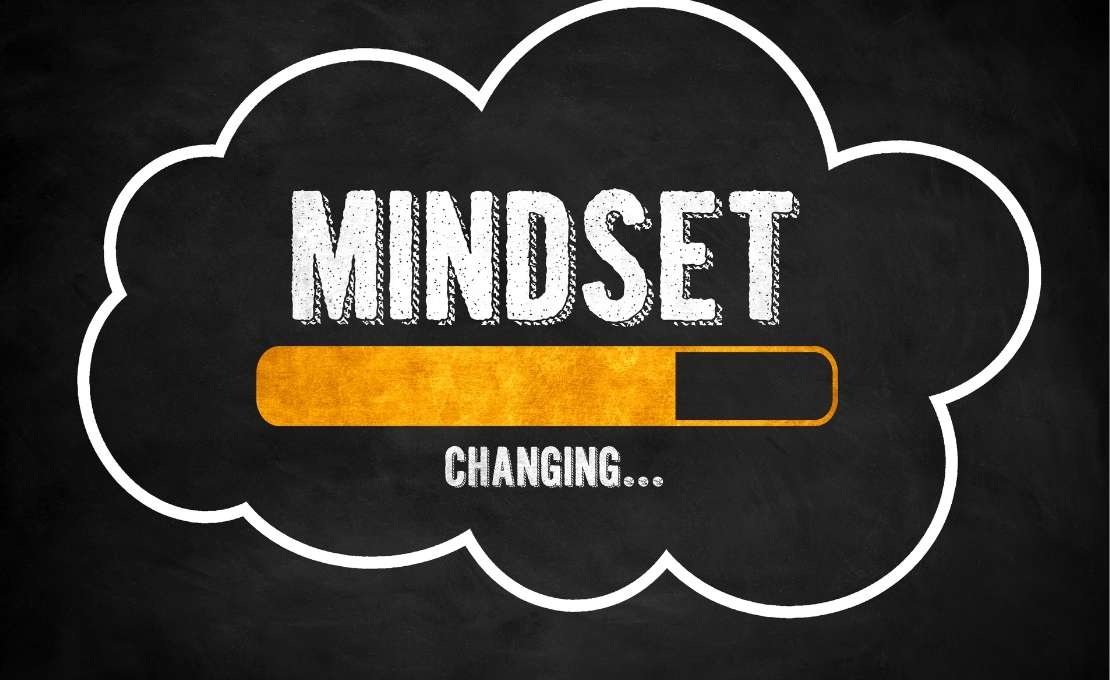
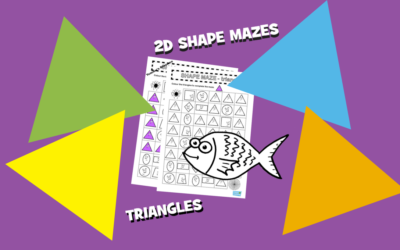
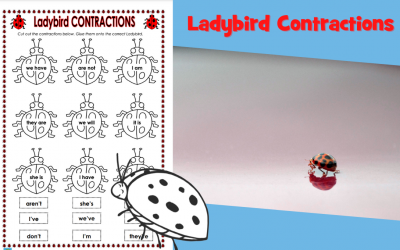

0 Comments